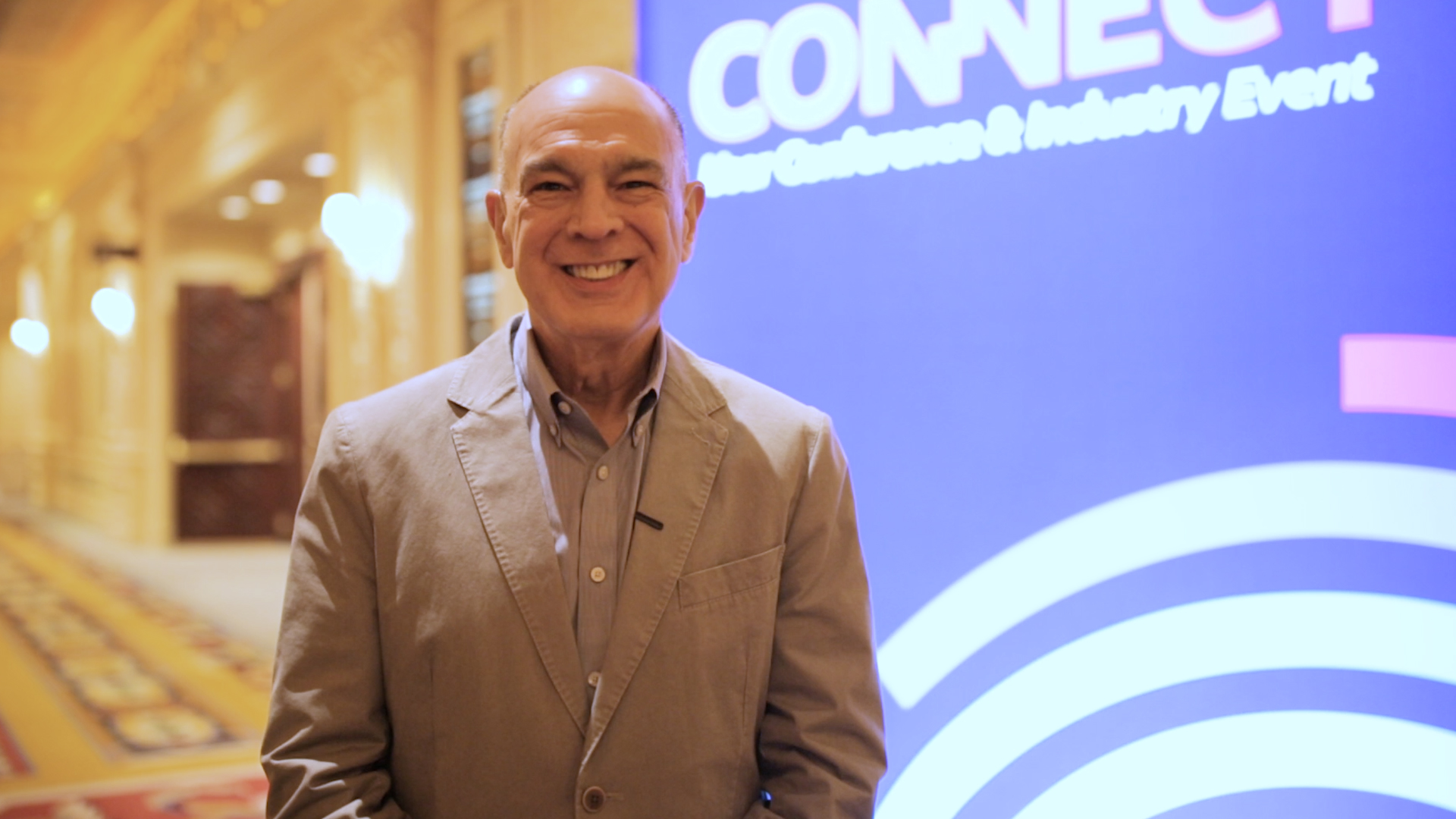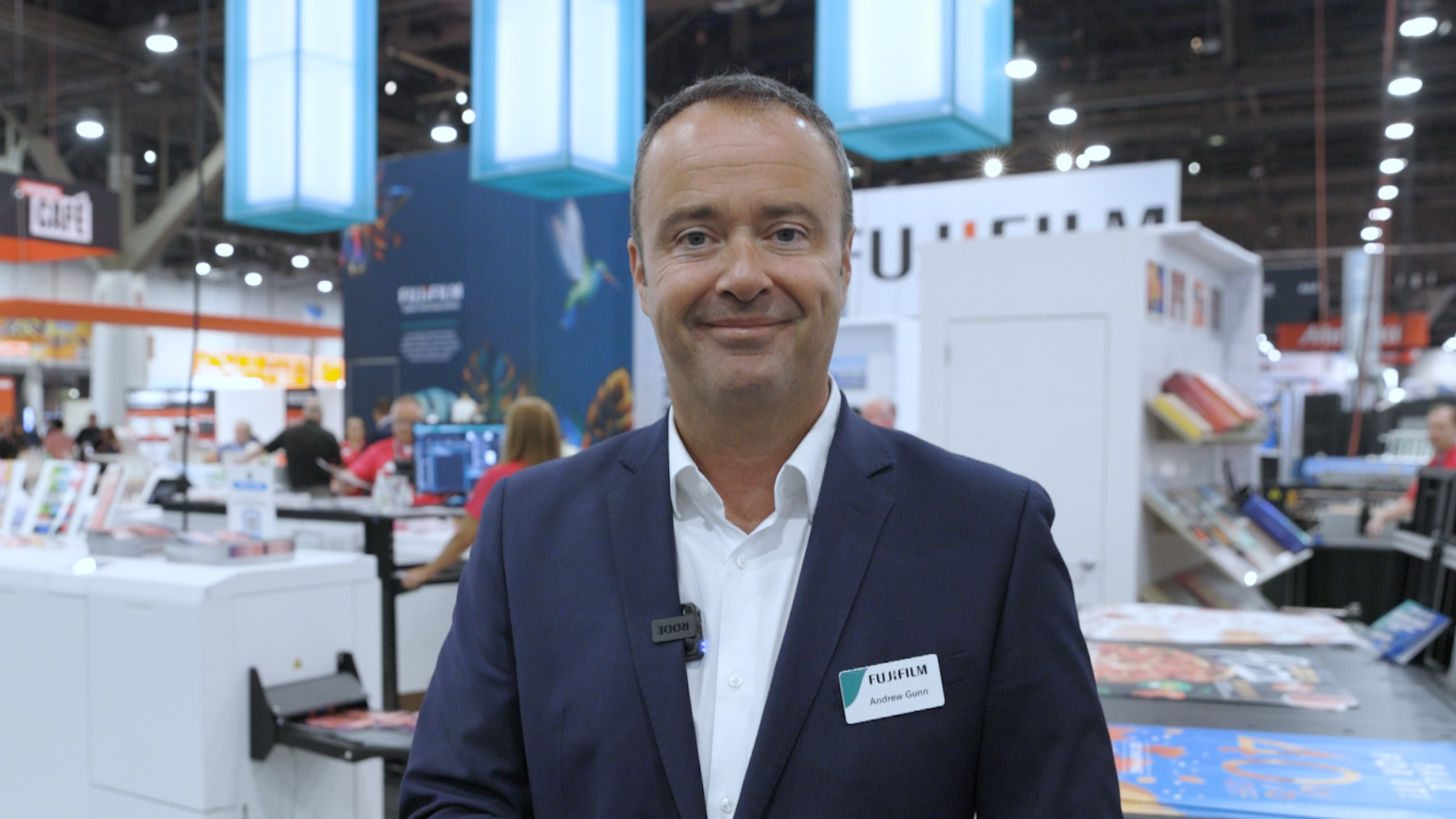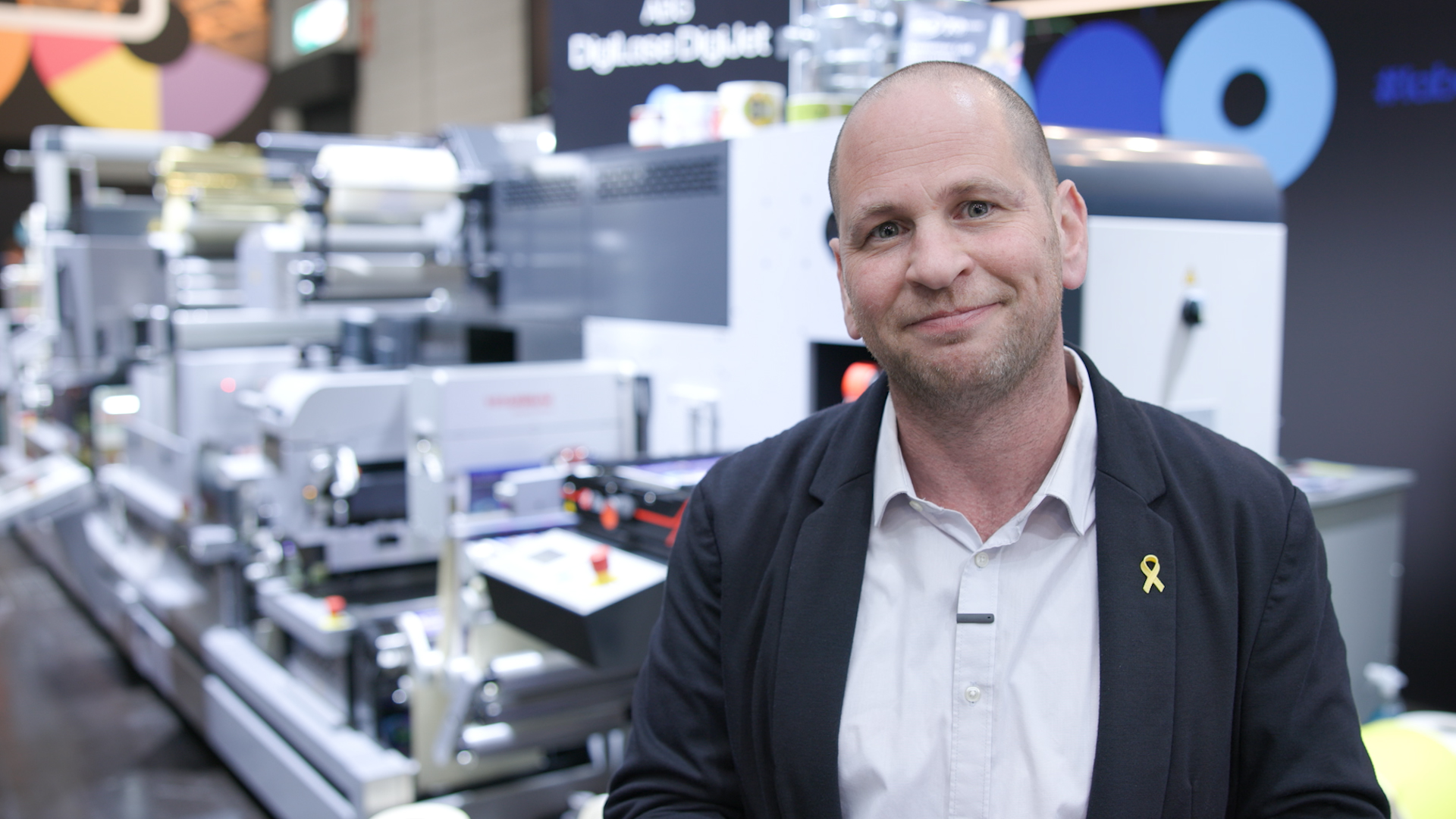Latest Global Report into Oxo-Biodegradable Plastic Packaging Market Is Timely but Flawed
Press release from the issuing company
Report from Data Bridge Market Research highlights the market drivers behind its adoption but misses a beat on its analysis of the EU
According to the latest research into the oxo-biodegradable plastics sector from Data Bridge Market Research, the global market is experiencing substantial growth, attributed to heightened environmental awareness and increased regulation. However, according to Symphony Environmental, a company at the forefront of environmental packaging technology, the report itself falls down in its analysis of the EU market.
Michael Laurier, CEO of Symphony, said: “We are delighted that such a detailed report, giving as it does some of the most important insight we have seen into the oxo-biodegradable sector to date, has been published this week. It clearly grasps the concept that the growing pressures over environmental sustainability are placing considerable pressure on the plastics packaging market.
“The report goes on to say, ‘According to various market studies, the oxo-biodegradable plastic packaging market is projected to grow at a compound annual growth rate (CAGR) of over 5% from 2023 to 2030.’ While we welcome such positive news for sustained growth protection, the report has falsely claimed that the European market—alongside North America—was dominating due to its stringent regulations.
“It adds ‘developing markets in Asia-Pacific and Latin America are catching up as sustainability becomes a global concern.’ But it is our contention that the Asia-Pac, Latin American and MENA markets are really driving the change,” continued Laurier.
The report claims, ‘Increasing environmental legislation, especially in Europe and North America, is driving the shift towards oxo-biodegradable plastics. Governments are pushing for the reduction of plastic waste, implementing bans on certain single-use plastics, and offering incentives for the use of biodegradable alternatives.’ While this is the case, in the EU, there has been a concerted effort to ban both biodegradable and oxo-biodegradable products in recent years to address single-use plastics. The EU recently ruled on a ban on single use plastics, which effectively included biodegradable solutions – not oxo-biodegradable.
The confusion in the market over the past few years has held back the market adoption of oxo-biodegradable solutions.
Laurier continued, “It is crucial to note that regular plastics may take a hundred years to break down, damaging the natural world and increasing environmental pollution, but there is no need to ban them—just upgrade them. If single-use plastics were made with our technology, it would significantly accelerate the biodegradation process and reduce the accumulation of plastic waste.
“The real innovators are in the Middle East. Our oxo-biodegradable masterbatch D2w® has been used globally for the past 15 years and is compulsory for a wide range of products in Saudi Arabia, the UAE, Bahrain, and Yemen. These nations – alongside many in Latin America and the Far East – are in the vanguard of the global shift toward oxo-biodegradable plastics.”
Laurier concluded: “I will leave the final word to the Report itself when it states categorically ‘the integration of oxo-biodegradable additives into traditional polymers, like polyethene and polypropylene, allowed manufacturers to maintain the performance of traditional plastics while offering a more sustainable end-of-life option.’ This is the future allowing heightened control over the degradation timeline of oxo-biodegradable plastics!”
- Questions to ask about inkjet for corrugated packaging
- Can Chinese OEMs challenge Western manufacturers?
- The #1 Question When Selling Inkjet
- Integrator perspective on Konica Minolta printheads
- Surfing the Waves of Inkjet
- Kyocera Nixka talks inkjet integration trends
- B2B Customer Tours
- Keeping Inkjet Tickled Pink
© 2024 WhatTheyThink. All Rights Reserved.















Discussion
Join the discussion Sign In or Become a Member, doing so is simple and free